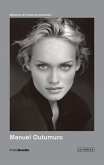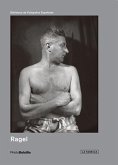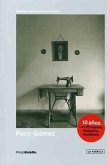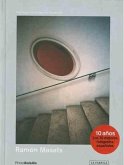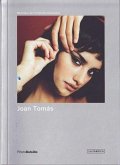Català-Roca's portfolios constitute a vast and magnificent treasure house of images which could quiet aptly bear the same title as his retrospective exhibition held in Barcelona, 1980, at the Galería Maeght, "Fotografías, Artistas. Arquitectos. Personajes. Toros." They contain the sum total of his personal universes and his rules for taking photographs. Català-Roca is a humanist. His photographic suites and sequences demonstrate and define the reality that he captured, the reality that he knew and loved. These moments, these images, are the product of patient watchfulness, of waiting for what must follow (because when you have mastered the medium, you are able to capture and isolate the telling moment). I wish to say again: many of these photographs are outstanding. Some are austere, others amusing, elegant, and some are even strange. One ought not to forget that Català-Roca was trained by his father, and maestro, Pere Català i Pic, who introduced him to the world of the avant-garde; Francesc, for example, at the age of fifteen and his assistant, was able to view a Man Ray exhibition in Barcelona that had been organised by his father. Català-Roca employed avant-garde and innovatory techniques and aesthetics to have more control over the final look of his photographs. We have a clear example of the combination of theory and technique informing his work, of his mastery of the art of photography, in his photograph of the monument to Columbus, seen from above (Monument to Columbus, Barcelona 1947), or in another of Barcelona's Gran Vía, in which we see an armed policeman standing in front of an advertisement for baby powder (Calber, Publicitat. Barcelona 1953). These and many other audacious images are the products of the discerning creativity of an artist who enjoyed perfect mastery of the expressive means he employed to portray the era in which he lived and to communicate its reality.




